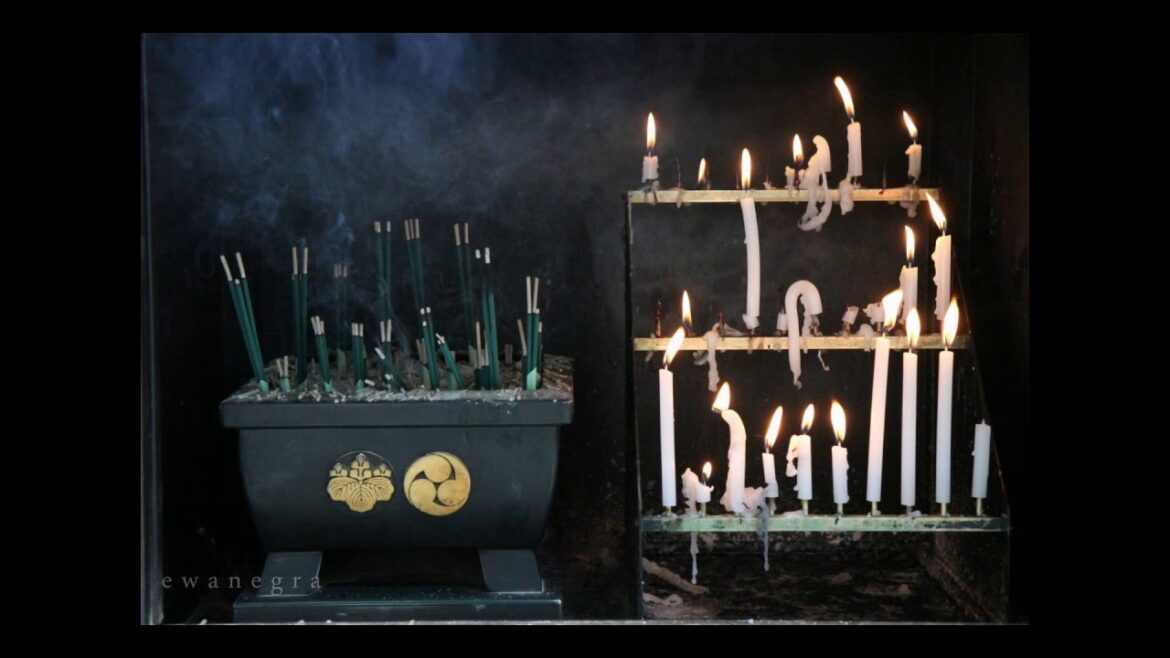MUSIC: ザ・ベスト 箏 名演集
According to the superstition of the Shingon Buddhist school, there are no dead in Okunoin, but only waiting spirits. As the story is told, one day Kukai (774-835), better known in Japan under the name of Kobo Daishi, the founder of the religious community of Mount Koya, came out of meditation upon the arrival of Miroku, the Buddha of the future.
So all the souls in transit resting in the graves or of whom the hair or ashes had been placed by their loved ones in front of the Kukai Mausoleum, also rose up. Pending the advent of this apocalyptic prophecy, the number of graves in Okunoin continues to increase and already counts more than two hundred thousand and is the largest cemetery in Japan.
Mount Kōya (高野山 Kōya-san) is the common name of a huge temple settlement in the Wakayama Prefecture, south of Osaka. In the strict sense, Kōya-san is the so-called “mountain name” sangō (山号) of the Kongōbu-Temple (金剛峯寺 Kongōbu-ji).
First settled in 819 by the monk Kūkai, Mt. Kōya is primarily known as the world headquarters of the Kōyasan Shingon School of Japanese Buddhism. Located on an 800 m high plain amid eight mountain peaks the original monastery has grown into the town of Kōya, featuring a university dedicated to religious studies and 120 sub-temples. Many of the temples offer lodging to pilgrims.
Shingon Buddhism (真言宗 Shingon-shū) is one of the major schools of Japanese Buddhism and one of the few surviving Esoteric Buddhist lineages that started in the 3rd to 4th century and originally spread from India to China by traveling monks. Since this lineage was brought to Japan over 1,100 years ago, its doctrines have always been closely guarded secrets, passed down only orally and they have never been written down.

